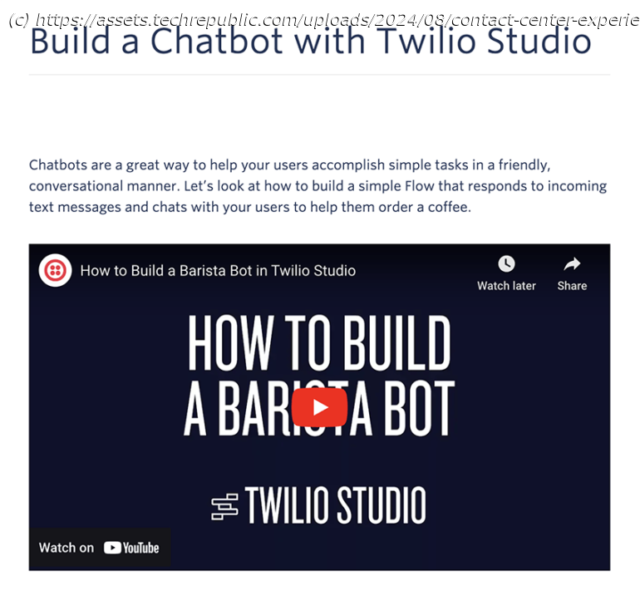Discover seven easy, 30-minute tweaks you can make to optimize the contact center experience for your customers by this time tomorrow.
Customers want to be able to reach you on their terms, preferably as fast as possible. Improving the contact center experience gets you closer to meeting that expectation.
Making it easy for customers to find what they need isn’t as complicated as it sounds. There’s no mystery or strange arcane science to it — you can roll out all the methods I’m about to show you in the next 24 hours. 1. Offer automatic callbacks
Automatic callbacks are a feature of your interactive voice response system (IVR).
It lets customers keep their place in line and receive a callback when it’s their turn. Technically, they’re still on hold, but you’re giving them the freedom to get on with their day while they wait.
The less obvious benefit? They’ll connect with an agent who can actually help them, instead of whoever’s available next.
It eases the pressure to connect quickly at the expense of quality.
Some advanced IVR systems also allow customers to schedule an appointment. Others let you control how long a caller waits before offering a callback.
Regardless, agents won’t notice a change in their workflow, making this one of the easiest ways to enhance the contact center experience for everyone.
Not only does it help the customer, but it also cuts down the chances of an irate caller wasting time on complaints about the long wait, yelling at your agents, or putting them in tough situations they don’t know how to handle.
Most call center platforms offer automated callbacks, but it’s not usually included on entry-level plans. If you have access, turning it on should take no more than a few clicks. 2. Use skills-based routing
Skills-based is one of the most efficient forms of call routing. It automatically connects callers with the agent best suited to handle their needs.
You can base this on a wide range of factors, including language, access level, experience, skills, knowledge, or familiarity with the caller. For instance, a French-speaking customer connecting with a French-speaking agent on the first try. It’s a simple example, but it makes a world of difference for the contact center experience.
With skills-based routing, customers don’t have to explain their situation multiple times or feel stuck with an agent who can’t help them.
This approach also helps play to your agents’ strengths. When agents consistently handle issues they’re well-equipped to resolve, it naturally sharpens their skills and boosts their confidence.
The benefits snowball from there. Agents who aren’t the right fit for a particular issue don’t waste their time, and those who can help don’t have to scramble for answers.
Everyone’s freed up for the best use of their time.
The biggest indicator that it’s working? An increase in your first-call resolution (FCR) rate. When the best-suited agent answers, the chance of resolving issues on first contact goes up.
From a technical standpoint, skills-based routing relies on data from your CRM software and information gathered from your IVR system.
It may take some thought to set up the best configuration for your team, but the process should be straightforward within your contact center software.






